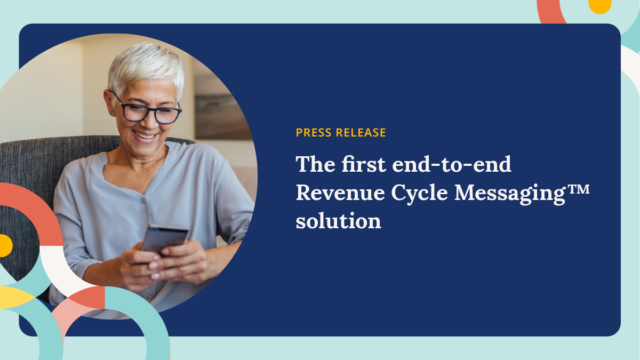We are continuing our series on telemedicine success by looking at how to track your progress. Any initiative you implement should be measured. Telmedicine is no different.
Don’t fly by the seat of your pants. This whole process should have started with some clear goal setting. You want to know how you are doing in executing telehealth and the impact it has on your providers, your patients, and your bottom line, especially during times when most visits need to be moved to telehealth and virtual visits. There are many possible metrics to track. Look at your goals and choose the ones that make sense.
Visits
These metrics help you see what types of visits make sense for your patients and how well they are being adopted.
- How many visits overall
- What type of telehealth or virtual visits
- Growth of telehealth and virtual visits over time
- Average duration of video and telephone visits
Patient metrics
To be successful, you need to know how patients are responding to and engaging with telehealth and virtual visits. Also, whether or not the service appeals to current patients as well as potential or new patients.
- New patients to your facility
- Returning users of telehealth
- Wait time to get an appointment
- Wait time before the appointment
- Patient visit time
- Patient satisfaction/experience
- Patient willingness to recommend
- Patient retention
Staff metrics
Staff metrics are a great way of determining if the current solution and workflow are sustainable.
- Staff satisfaction
- Total hours worked
- Break times being honored
Provider metrics
This is just as important as gathering patient experience data. If providers don’t like it, it won’t be adopted long-term.
- Clinician satisfaction
- Clinician work time
Financial metrics
You should look at the same financial metrics you use for in-person visits but if nothing else, be sure to look at:
- Reimbursements by visit type
- Costs by visit type
Service metrics
Service metrics will show you how well your system is working overall. Poor performance won’t lend itself to long-term success.
- Deliverability or sessions completed
- Are texts being received and sent?
- Are emails being received and sent?
- “Bounce rate”
- Service up time/down time
- Service issues/bugs
Also, you should be tracking the same clinical and outcomes data you already capture for various value-based and other incentivized payment and safety programs. Compare your outcomes data from the telehealth visits to those from in-person visits. This would include prescription data, readmissions data, and best practice guideline adherence. You’ll want to work to close any gaps in quality of care if you plan to leverage telehealth and virtual visits for the long-term.



